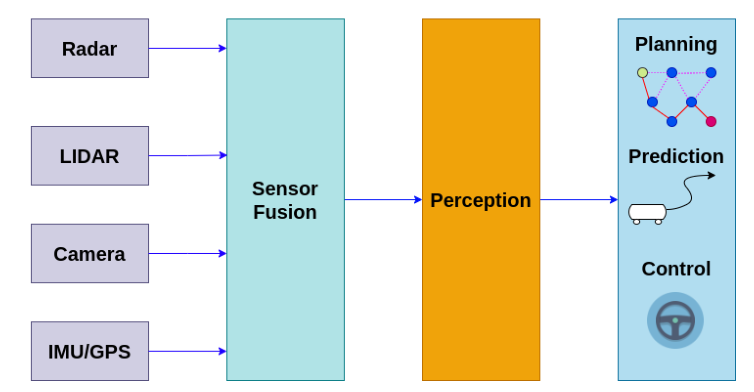Key Safety Design Overview in AI-driven Autonomous Vehicles
Vikas Vyas, Zheyuan Xu·December 12, 2024
Summary
The paper focuses on AI safety in autonomous vehicles, particularly SAE levels 3 and 4, emphasizing robust software and hardware design, including fail-safe and fail-operational strategies. It addresses safety standards, development, verification, and validation methods for autonomous driving systems in battery-electric vehicles. The text discusses challenges in automotive safety, such as cost, resource overhead, system integration, and function coordination, and highlights the importance of redundancy, monitoring, and diversity in electric vehicles to improve safety, reliability, and performance. It also covers AI integration challenges, including regulatory compliance, complexity, data training, and adaptability, and suggests explainable AI approaches to mitigate these issues. The text discusses challenges in autonomous electric vehicles, focusing on sensing, perception, fusion, planning, prediction, and control, and highlights the need for high-quality sensor data and reliable processing to comply with safety regulations.
Introduction
Background
Overview of autonomous vehicles and their significance
Importance of AI in autonomous driving systems
Objective
The aim of the paper: exploring AI safety in SAE levels 3 and 4
Highlighting the focus on robust software and hardware design
Method
Safety Standards, Development, Verification, and Validation
Overview of safety standards for autonomous driving systems
Development methodologies for autonomous vehicles
Verification techniques to ensure system reliability
Validation processes to confirm safety and performance
Challenges in Automotive Safety
Cost implications of safety measures
Resource overhead in implementing safety features
System integration complexities
Function coordination challenges
Redundancy, Monitoring, and Diversity
Importance of redundancy in electric vehicles
Monitoring systems for real-time safety assessment
Role of diversity in enhancing safety and reliability
AI Integration Challenges
Regulatory Compliance
Navigating the regulatory landscape for autonomous vehicles
Complexity Management
Overcoming the complexity of AI systems in autonomous vehicles
Data Training and Adaptability
Challenges in training AI for diverse driving scenarios
Ensuring AI adaptability to changing conditions
Explainable AI Approaches
Importance of transparency in AI decision-making
Techniques for enhancing AI explainability in autonomous systems
Challenges in Autonomous Electric Vehicles
Sensing and Perception
Enhancing sensor data quality and reliability
Integration of multiple sensors for improved perception
Data Fusion
Combining data from various sources effectively
Planning and Prediction
Developing robust planning algorithms
Accurate prediction models for safe navigation
Control Systems
Ensuring reliable and responsive control mechanisms
Adapting control strategies to dynamic environments
Conclusion
Summary of Key Findings
Recap of the main challenges and solutions discussed
Future Directions
Potential areas for further research and development
Outlook on the future of AI safety in autonomous vehicles
Basic info
papers
software engineering
artificial intelligence
Advanced features
Insights
Which SAE levels does the paper specifically discuss in relation to AI safety in autonomous vehicles?
What are some of the challenges mentioned in the paper for automotive safety in the context of autonomous driving systems?
How does the paper suggest addressing the challenges of AI integration in autonomous electric vehicles?
